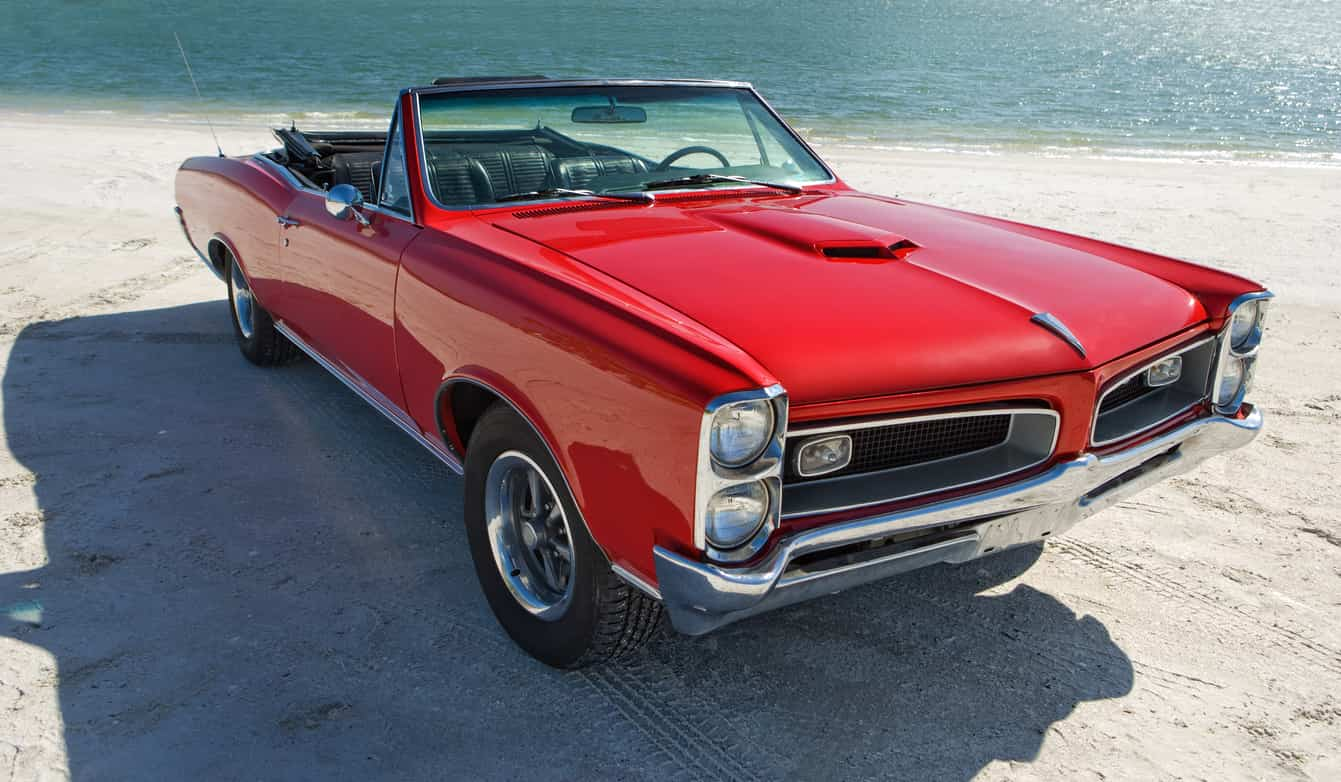Introduction: A Journey through Time and State Borders
Shipping a classic car across states is no ordinary task. A blend of logistics, care, and a touch of nostalgia makes this process unique. Delving into the intricacies of interstate transit, one realizes that every state offers its own set of challenges and advantages. This guide aims to unveil those secrets.
The Classics and Their Charm: Why Proper Transit Matters
Understanding the Value
Classic cars, for many, aren’t just vehicles. They’re timeless relics, holding histories and memories. Damaging them isn’t just financial; it’s emotional. Ensuring safe transit is, therefore, paramount.
Transit Insurance: Your Safety Net
In the unfortunate event of a mishap, insurance plays a pivotal role. Ensure your vehicle has comprehensive coverage, especially during transit.
Choosing the Right Transit Mode: Road vs. Rail
Hitting the Highways
Road transport is the most common mode for classic cars. It offers flexibility but demands careful handling, especially for long distances.
Riding the Rails
Rail transport offers speed and can often be more economical for cross-country transits. However, accessibility to a rail network is essential.
State-by-State: Addressing Unique Challenges
California: Beware of Coastal Salt!
In coastal states like California, the salt in the air can pose a threat to the metal of classic cars. Sealed carriers or a timely post-transit wash can mitigate these risks.
Texas: Heat Waves and Hydration
The Texan sun is harsh. If driving through, ensure the car’s cooling system is optimal. Additionally, keep the interiors shielded from direct sunlight.
New York: Navigating the Concrete Jungle
Maneuvering a trailer through New York’s busy streets is a challenge. Planning routes during off-peak hours or relying on specialized carriers is a smart choice.
Adapting to the Midwest Weather
States like Illinois or Ohio can experience unpredictable weather. Always check forecasts and consider climate-controlled carriers.
After the Journey: Post-Transit Checks
Engine and Fluids
Upon arrival, inspect the engine. Look out for potential leaks or fluid reductions, which could indicate stress during transit.
Body and Paintwork
Examine the body for any new dents, scratches, or imperfections. Prompt action can save you future restoration costs.
Conclusion
Transporting a classic car across state borders requires meticulous planning, a solid understanding of state-specific challenges, and a passion for preserving the car’s legacy. Proper transit ensures that these timeless machines continue to charm generations to come.
FAQ
- What’s the safest mode of transport for my classic car?
Road transport, using specialized carriers, generally offers the most flexibility and safety. Rail can be more economical for longer distances but requires proper planning. - How often should I inspect my car during transit?
It’s ideal to inspect your car before and after the transit. During the journey, trust in the expertise of your chosen transport service, ensuring they provide regular updates.




